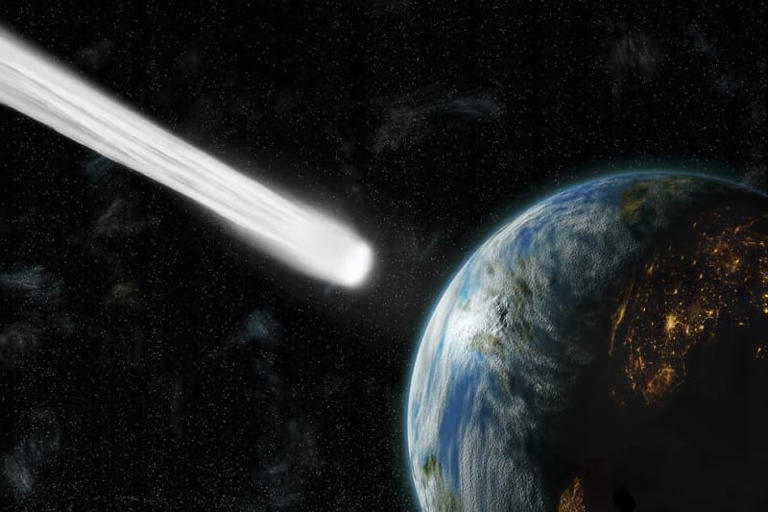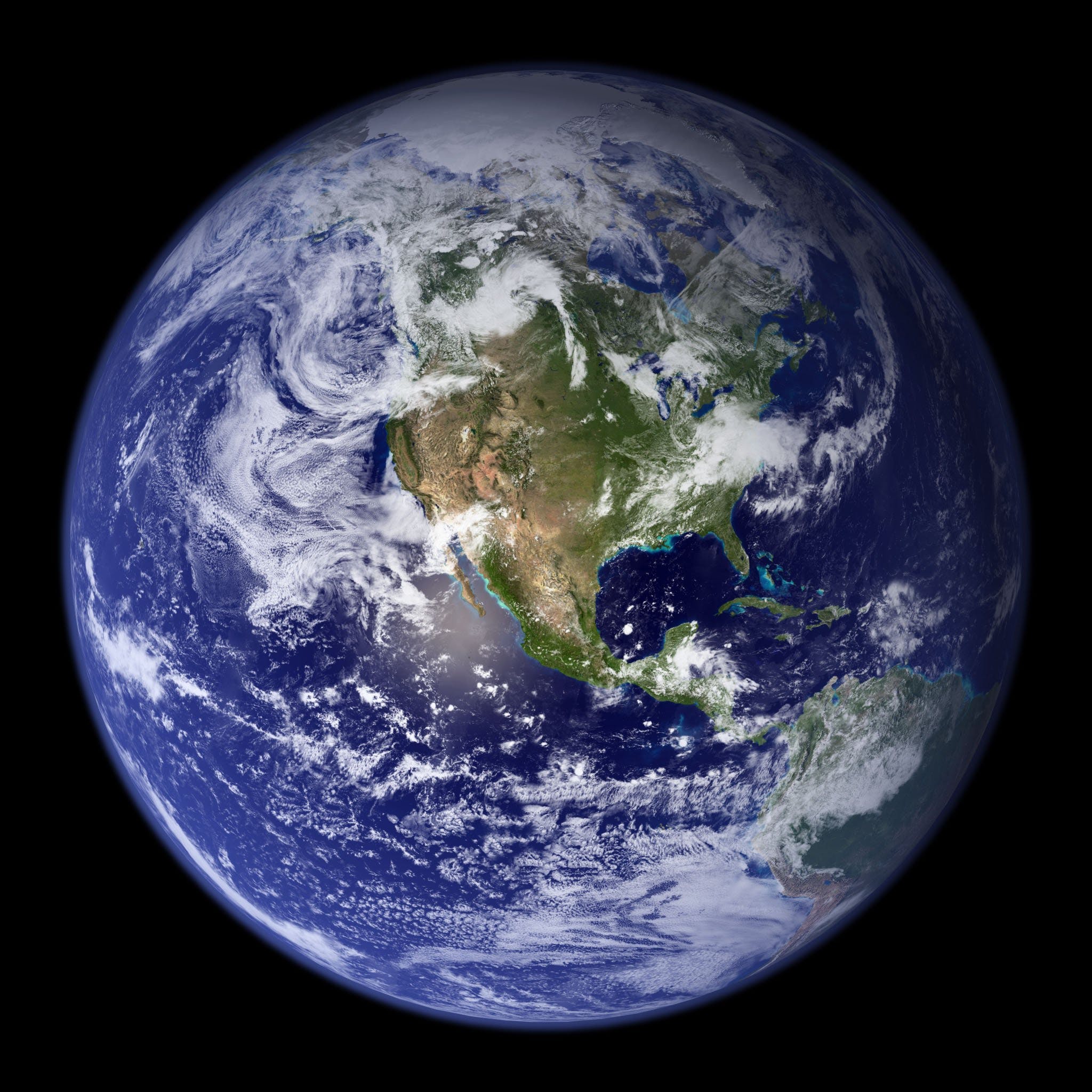- Homepage
- world affairs
- “Extinction: 10 Unstoppable Threats That Will Shock You!”
“Extinction: 10 Unstoppable Threats That Will Shock You!”
Explore the various threats that could lead to extinction on Earth, from asteroid impacts to human-induced changes. Delve into the potential causes and implications of these scenarios in this comprehensive story.

Extinction: Exploring Potential Causes and Implications
Extinction is a topic that raises important questions about the future of life on Earth. In this blog post, we’ll delve into the various threats that could lead to the extinction of all life on our planet, ranging from natural phenomena to human-induced changes. Join us as we explore the potential causes and implications of these scenarios.
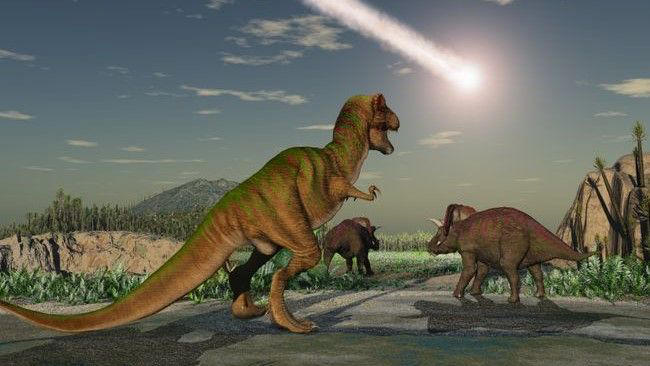
The Threat of Asteroid Impacts
One of the most discussed scenarios for Earth’s extinction is the impact of asteroids. Scientists have identified that Earth is struck by large asteroids approximately every 100 million years. While smaller impacts are more frequent, it’s the truly gigantic asteroids that pose a significant threat. The impact site, angle of collision, and the type of rock hit on Earth’s surface all play crucial roles in determining the severity of the impact.
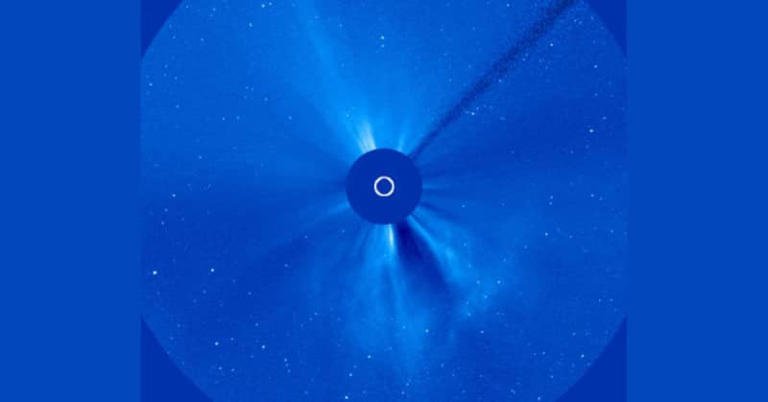
Rogue Stars and Their Potential Danger
Rogue stars, wandering through space, could also pose a threat to life on Earth. Events like the passage of the red dwarf star Scholz through our Solar System’s outskirts raise concerns among scientists. These encounters, while rare, have the potential to disrupt the delicate balance of our planet’s environment, leading to catastrophic consequences.
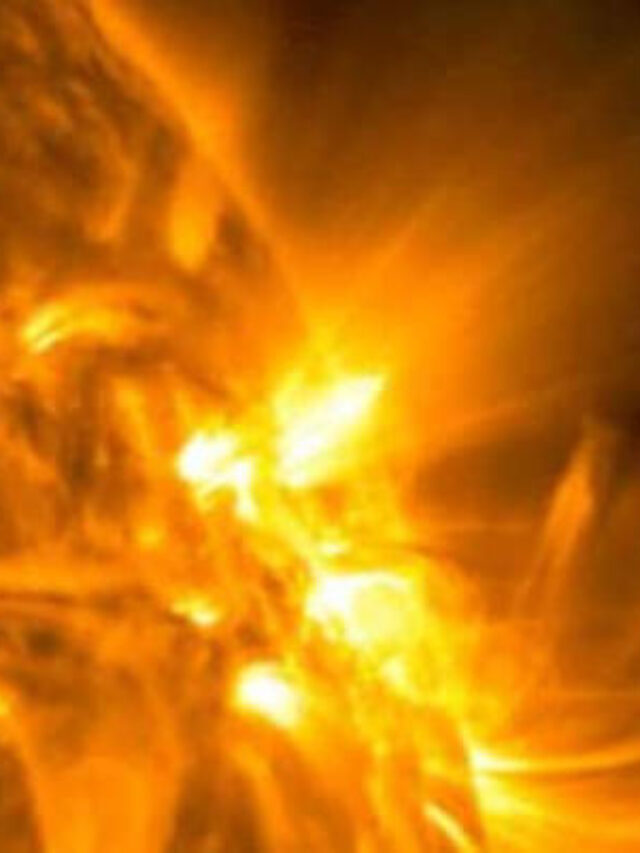
Gamma Rays: Cosmic Radiation Threat
Gamma rays, emitted during powerful cosmic events, present another danger to Earth. While gamma-ray bursts typically occur in regions with high star density, accidental exposure to gamma radiation has been documented. Prolonged exposure could damage Earth’s ozone layer, leaving life vulnerable to deadly solar ultraviolet radiation.

The Specter of Supervolcanoes
Supervolcanoes represent another existential threat. Massive volcanic eruptions can release chemicals into the atmosphere, leading to ozone layer depletion and increased exposure to harmful solar radiation. Understanding the potential consequences of supervolcanic activity is crucial for mitigating its impacts.
Core Changes and Magnetic Field Disruption
Changes in the Earth’s core could affect the planet’s magnetic field, which shields us from harmful solar radiation. While concerns about core cooling or magnetic field weakening exist, catastrophic scenarios are currently considered unlikely. However, ongoing research is essential for understanding and monitoring potential changes.

Deoxygenation: Decline in Oxygen Levels
The decline in oxygen levels due to climate change and deforestation poses a significant threat to marine and terrestrial life. As oxygen-producing ecosystems diminish, the balance of atmospheric gases is disrupted, potentially leading to widespread extinction events. Addressing deforestation and reducing carbon emissions are critical steps in mitigating this risk.
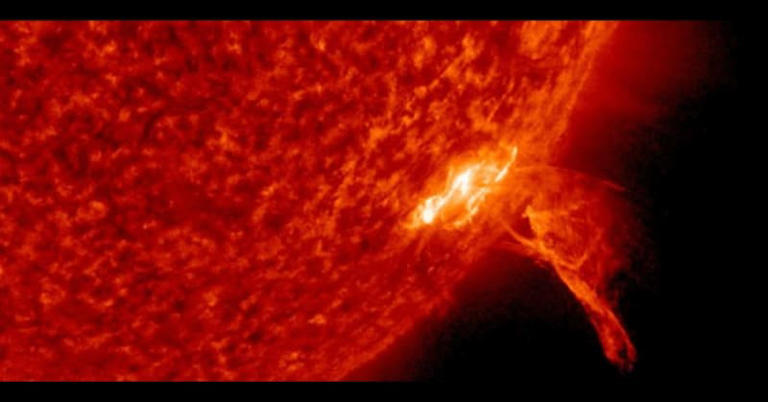
Solar Evolution: The Fate of the Sun
The evolution of the Sun into a red giant is an inevitable process with profound implications for Earth’s future. As the Sun expands, extreme heat and evaporation of the oceans will render Earth uninhabitable. Understanding the long-term consequences of solar evolution is essential for planning and adaptation efforts.
Human-Induced Threats and the “Medea Hypothesis”
Perhaps the most pressing threat to life on Earth comes from human activities. The “Medea hypothesis” suggests that disruptions to the biosphere caused by human actions could amplify the impact of external threats. Environmental degradation, pollution, and the potential for nuclear conflict all contribute to the precarious state of our planet’s ecosystems.
Conclusion: Navigating the Path Forward
The potential causes of extinction on Earth are varied and complex, ranging from natural phenomena to human-induced changes. As stewards of our planet, it is incumbent upon us to understand these threats and take proactive measures to mitigate their impacts. By fostering global cooperation and embracing sustainable practices, we can safeguard the future of life on Earth for generations to come.
